Summer Special: Yukatas, Festivals, and Fireworks in Kyoto – Your Ultimate Guide to Japan’s Ancient Capital
- Experience the Magic of Kyoto’s Summer Traditions
- The Enchanting World of Yukatas in Kyoto
- Kyoto’s Spectacular Summer Festivals
- Fireworks Festivals That Light Up Kyoto’s Summer Sky
- Cultural Etiquette and Respect During Summer Festivals
- Planning Your Kyoto Summer Experience
- Culinary Delights of Kyoto’s Summer Festivals
- Photography Opportunities in Traditional Kyoto
- Sustainable Tourism and Cultural Preservation
- Creating Lasting Memories of Kyoto’s Summer Magic
- Conclusion: Embracing Kyoto’s Timeless Summer Traditions
Experience the Magic of Kyoto’s Summer Traditions
Summer in Kyoto transforms Japan’s ancient capital into a vibrant tapestry of colors, sounds, and traditions that have captivated visitors for over a thousand years. From the gentle rustle of yukata fabric to the thunderous applause following spectacular fireworks displays, Kyoto’s summer festivals offer an authentic glimpse into Japanese culture that remains unmatched anywhere in the world.
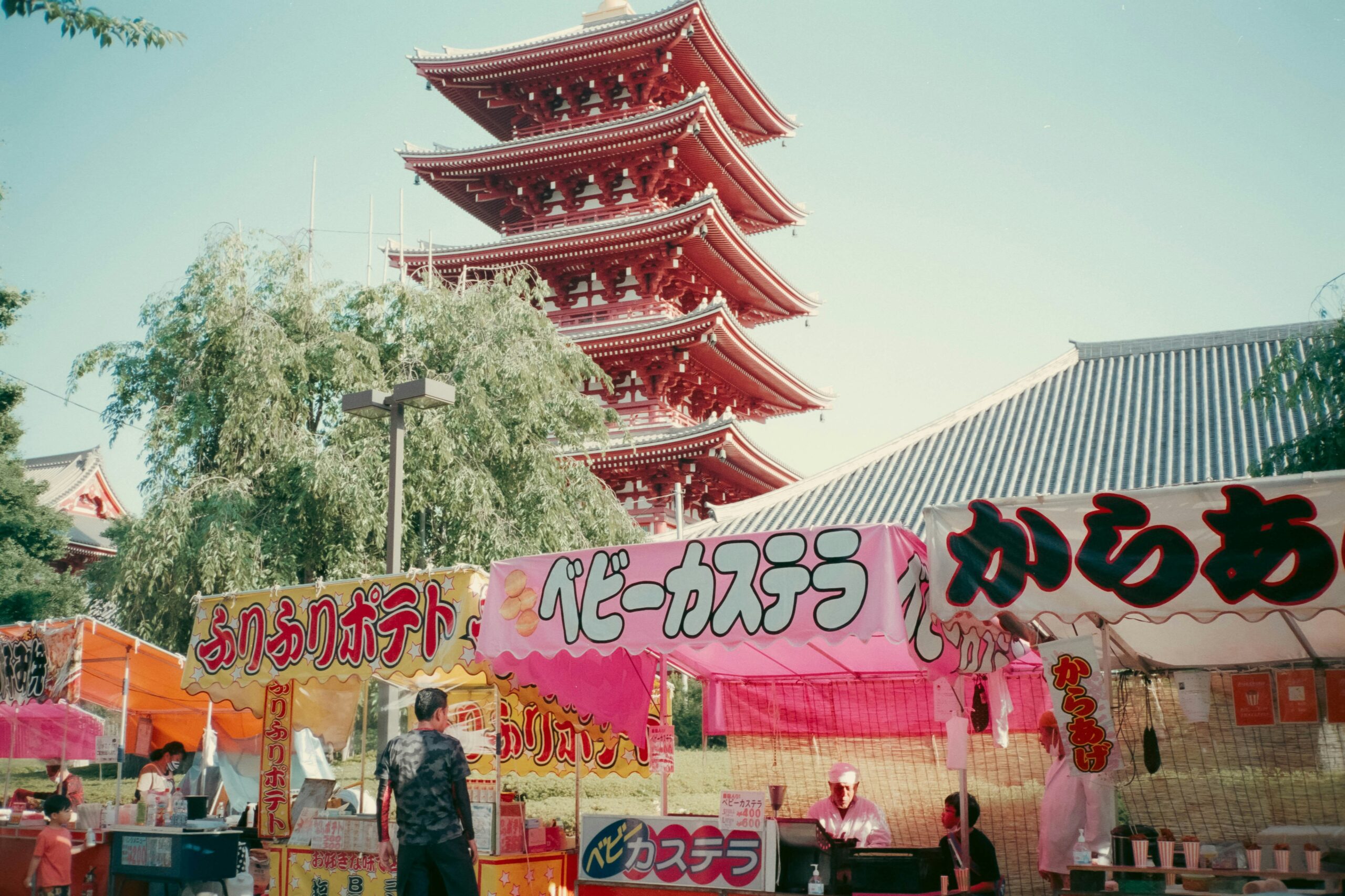
Whether you’re planning your first visit to this historic city or you’re a seasoned traveler seeking deeper cultural immersion, understanding Kyoto’s summer traditions will enhance your experience exponentially. This comprehensive guide explores everything you need to know about yukatas, festivals, and fireworks in Kyoto, ensuring you make the most of your summer adventure.
The Enchanting World of Yukatas in Kyoto
What Makes Yukatas Special in Summer?
Yukatas represent the perfect harmony between comfort and elegance during Japan’s humid summer months. Unlike the heavier kimono worn in cooler seasons, yukatas are crafted from lightweight cotton or linen, making them ideal for Kyoto’s warm summer evenings. The word “yukata” literally means “bathing clothes,” reflecting their historical origin as garments worn after bathing.
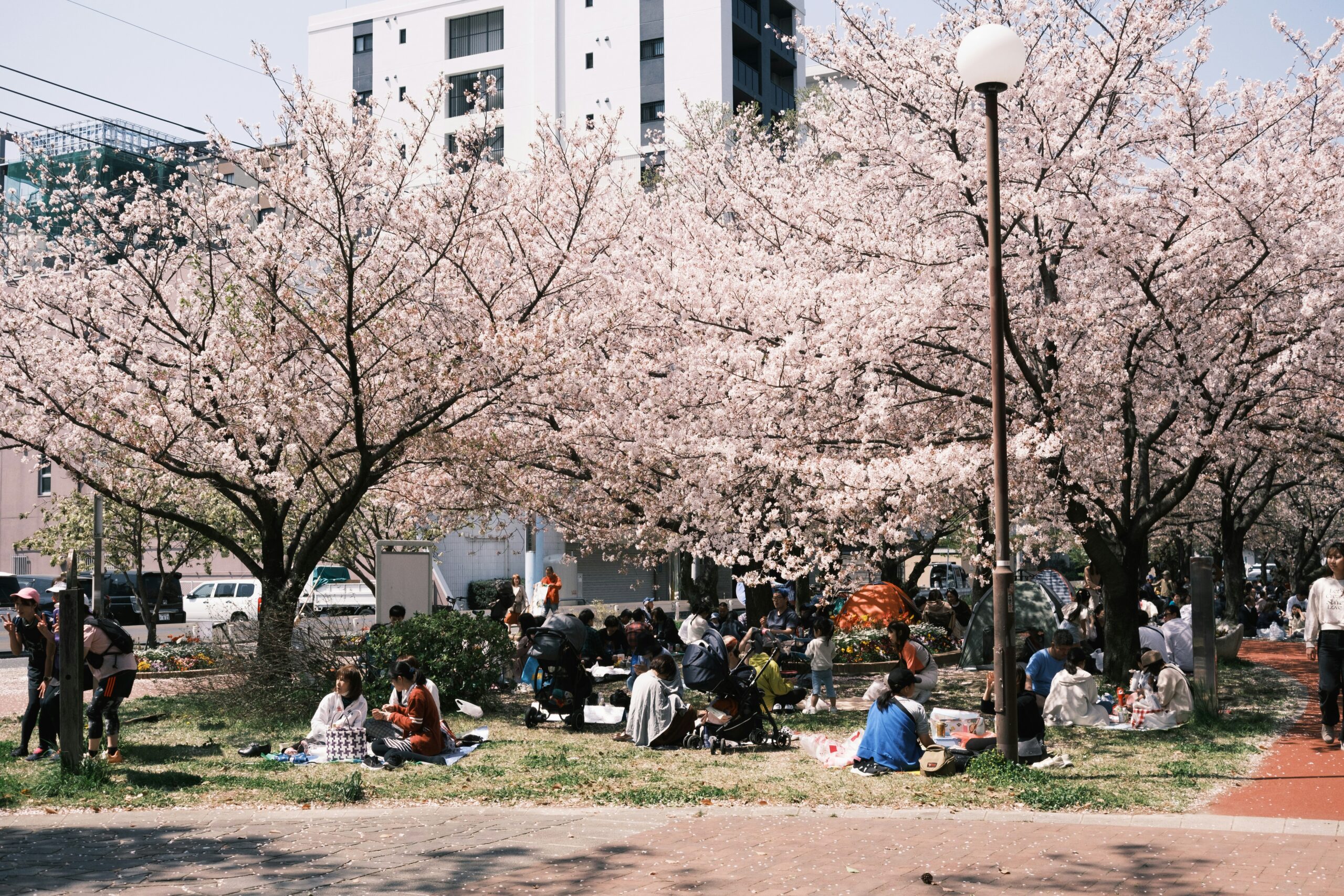
In Kyoto, wearing a yukata isn’t merely about fashion—it’s about participating in centuries-old traditions that connect modern visitors with the city’s illustrious past. The streets of Gion, Pontocho, and Arashiyama come alive with the soft padding of geta sandals and the whisper of yukata fabric as both locals and tourists embrace this beautiful tradition.
Traditional Yukata Patterns and Their Meanings
Kyoto’s yukata designs often incorporate symbolic patterns that carry deep cultural significance. Cherry blossoms (sakura) represent the ephemeral nature of life, while flowing water patterns symbolize purification and renewal. Geometric designs like seigaiha (blue ocean waves) bring good fortune, and traditional florals like morning glories and goldfish evoke summer’s fleeting beauty.
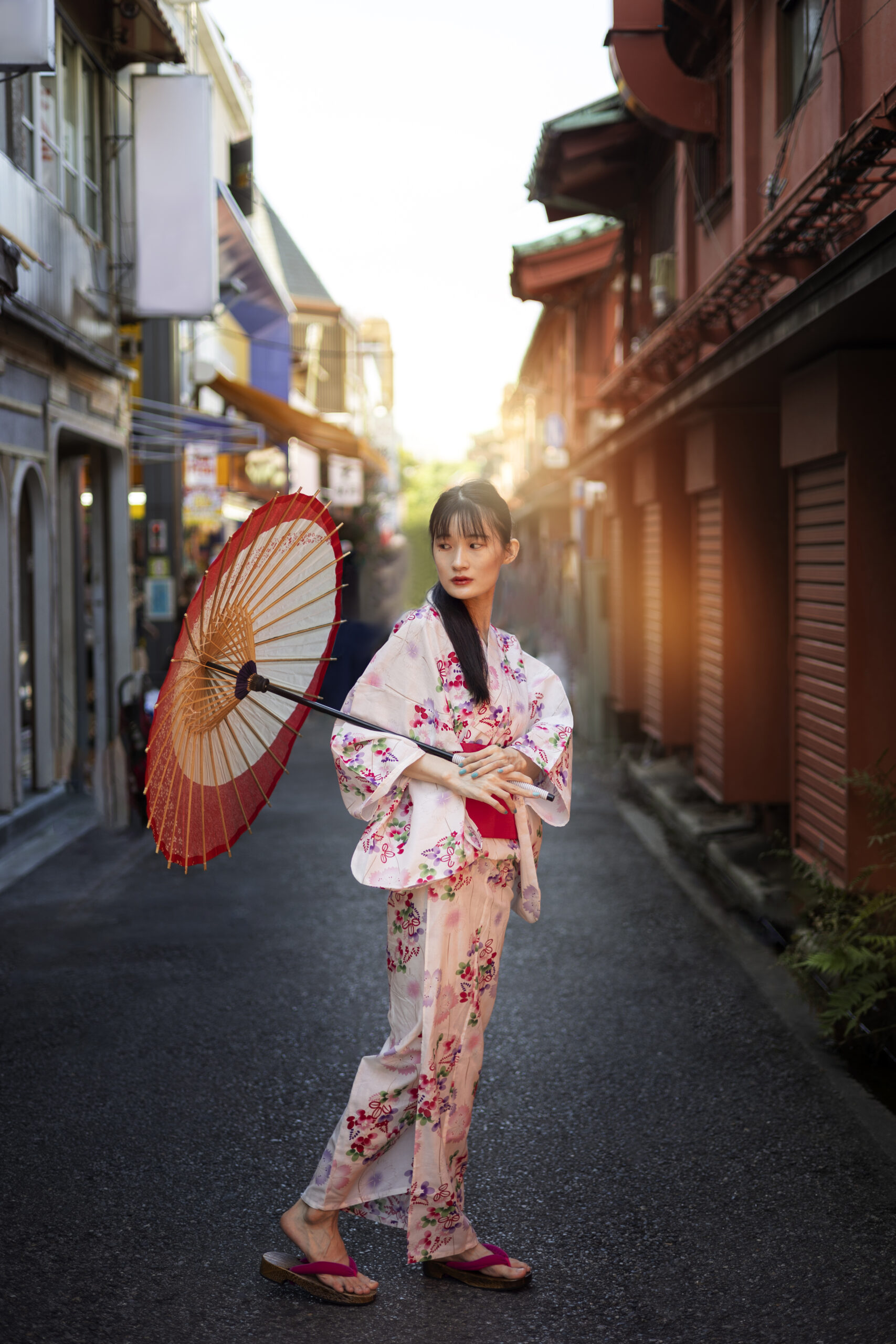
The color choices in Kyoto yukatas are equally meaningful. Deep indigo blues represent loyalty and perseverance, while soft pastels reflect femininity and grace. Bold reds symbolize protection and good fortune, making them popular choices for festival wear throughout the city.
Where to Experience Yukata Culture in Kyoto
The historic districts of Kyoto provide the perfect backdrop for yukata experiences. In Gion, you’ll encounter geishas and maikos gracefully navigating cobblestone streets in their summer attire. The bamboo groves of Arashiyama offer stunning photographic opportunities, while the traditional shops along Ninenzaka and Sannenzaka provide authentic settings for cultural immersion.
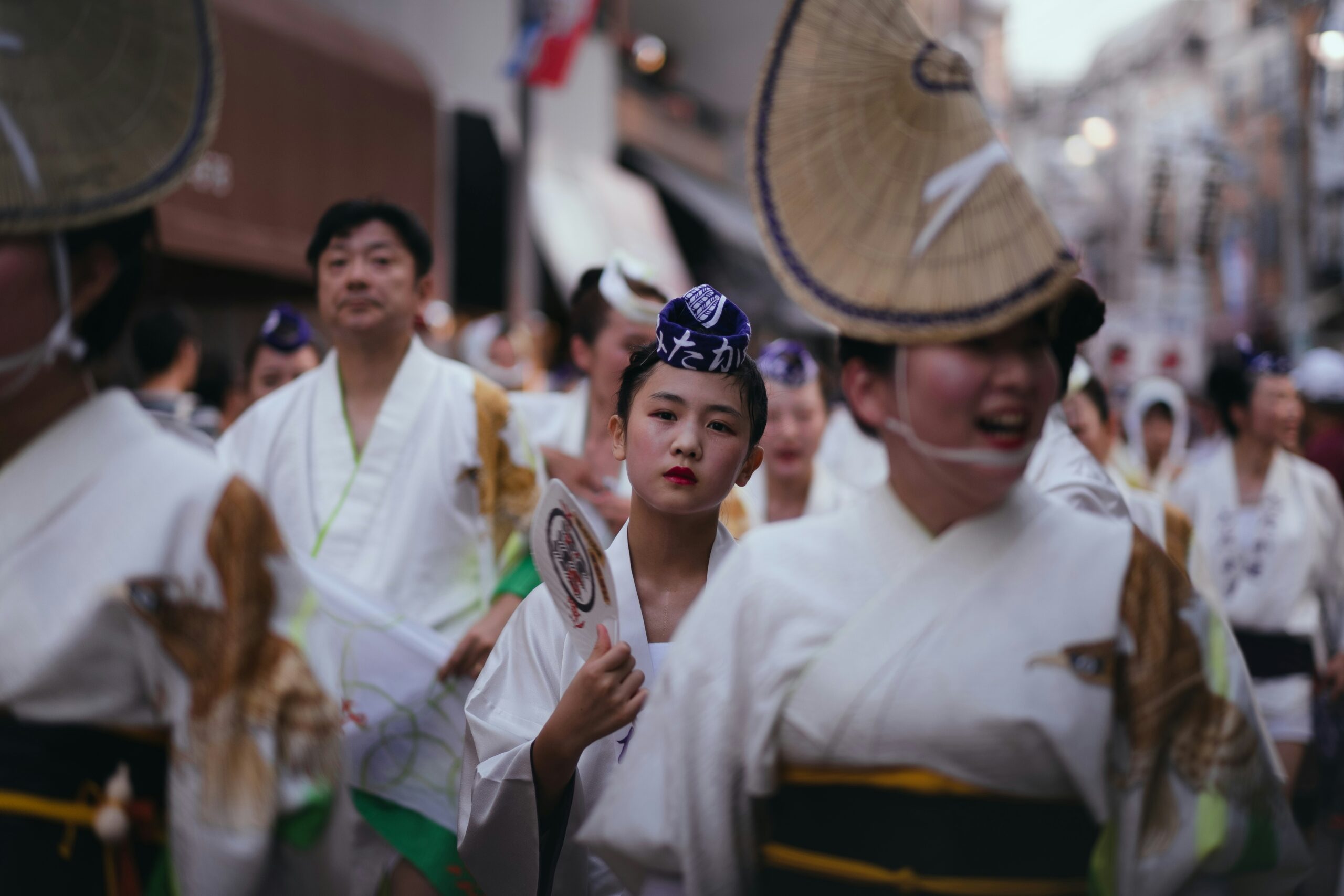
Many visitors choose to rent yukatas from local shops, which often include professional dressing services and hair styling. This allows travelers to fully embrace the tradition while ensuring proper wearing techniques that honor Japanese customs.
Kyoto’s Spectacular Summer Festivals
Gion Matsuri: The Crown Jewel of Japanese Festivals
Gion Matsuri stands as one of Japan’s three most famous festivals, spanning the entire month of July with its climax occurring on July 17th and 24th. This UNESCO-recognized cultural treasure dates back over 1,100 years, originally conceived as a purification ritual to appease the gods during plague outbreaks.
The festival’s magnificent yamaboko floats, some weighing up to 12 tons, parade through Kyoto’s central streets in a spectacular display of craftsmanship and community pride. Each float represents different neighborhoods and features priceless tapestries, many of which are centuries-old artifacts from around the world.
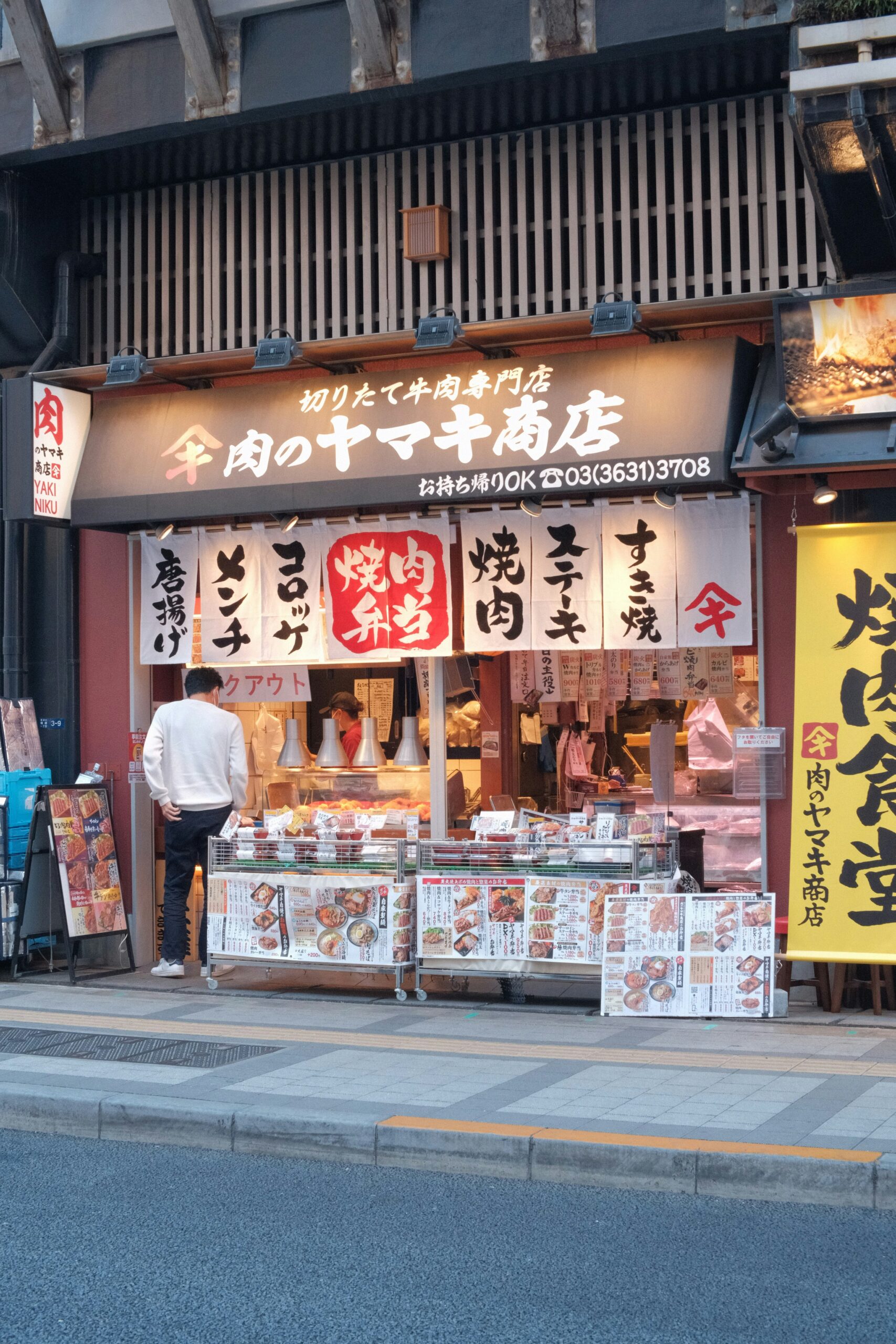
During Gion Matsuri, the entire city transforms. Streets that normally accommodate modern traffic become pedestrian paradises where families stroll in their finest yukatas, vendors sell traditional festival foods, and the air fills with the sounds of traditional music and celebration.
Tanabata Festival: Celebrating the Star-Crossed Lovers
Kyoto’s Tanabata celebration in early August honors the romantic legend of Orihime and Hikoboshi, two star-crossed lovers who can meet only once a year when magpies form a bridge across the Milky Way. Bamboo decorations adorned with colorful paper strips carrying written wishes create magical displays throughout the city.
The festival encourages visitors to write their own wishes on tanzaku paper and hang them on bamboo branches. These wishes range from personal goals to prayers for world peace, creating a touching display of human hopes and dreams that transcends cultural boundaries.
Daimonji Gozan Okuribi: The Fire Festival
On August 16th, Kyoto hosts one of its most spiritually significant events—the Daimonji fire festival. Five massive bonfires shaped like Japanese characters and symbols illuminate the mountains surrounding Kyoto, creating a breathtaking spectacle visible from throughout the city.
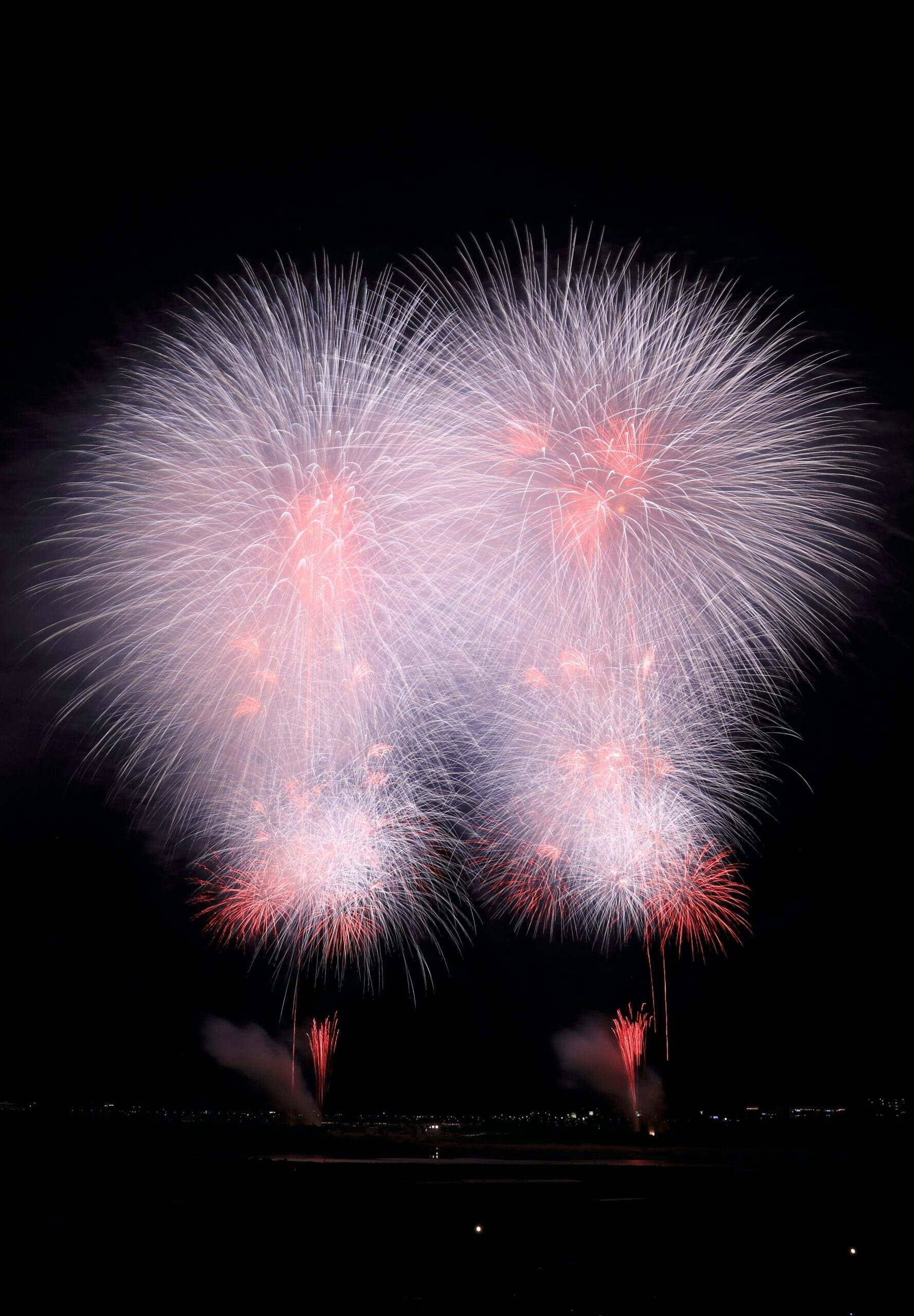
This sacred ceremony serves to guide ancestral spirits back to the afterlife following the Obon holiday. The largest fire, forming the character “大” (dai, meaning “great”), burns on Mount Daimonji and can be seen from multiple vantage points across Kyoto, making it accessible to visitors staying in various parts of the city.
Fireworks Festivals That Light Up Kyoto’s Summer Sky
Kyoto Summer Fireworks Festival
The Kyoto Summer Fireworks Festival typically occurs in mid-August along the Katsura River, offering spectacular pyrotechnic displays against the backdrop of Kyoto’s mountainous horizon. Unlike the crowded fireworks festivals in larger cities, Kyoto’s celebration maintains an intimate atmosphere that allows for genuine appreciation of both the artistry and the natural setting.
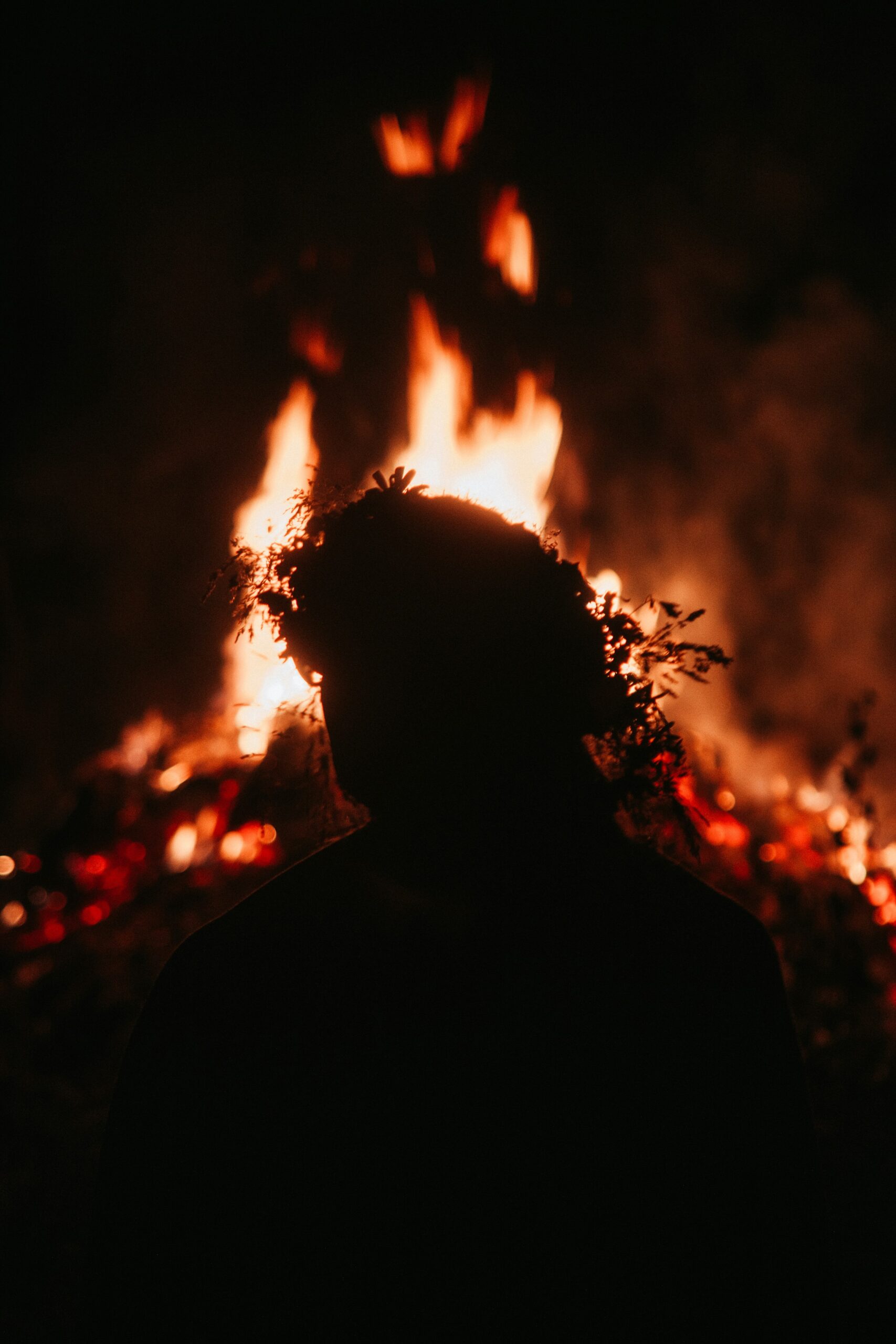
The festival features various fireworks styles, from traditional chrysanthemum bursts to modern synchronized displays set to music. Local artisans craft many of the fireworks using techniques passed down through generations, ensuring each explosion carries the weight of cultural heritage.
Viewing Locations and Photography Tips
The best viewing spots for Kyoto’s fireworks include the riverbanks along Katsura River, where families spread blankets and enjoy picnic dinners while waiting for the show to begin. Arashiyama’s elevated areas provide panoramic views, while certain temple grounds offer unique perspectives that combine spiritual architecture with natural beauty.
For photography enthusiasts, capturing fireworks in Kyoto requires understanding both technical camera settings and cultural sensitivity. Long exposure techniques work best for capturing the full arc of fireworks trails, while the city’s historic architecture provides compelling foreground elements for composition.
Cultural Etiquette and Respect During Summer Festivals
Proper Behavior at Festivals
Participating in Kyoto’s summer festivals requires understanding and respecting Japanese cultural norms. Bowing appropriately when receiving services, removing shoes when entering certain areas, and maintaining quiet conversation levels demonstrate respect for local customs and other festival-goers.
Photography etiquette becomes particularly important during festivals. While many areas welcome photography, asking permission before photographing individuals, especially those in traditional dress, shows cultural sensitivity and often results in more cooperative subjects and better images.
Supporting Local Communities
Summer festivals in Kyoto rely heavily on community support and volunteer participation. Visitors can contribute by purchasing food and souvenirs from local vendors, participating respectfully in festival activities, and learning about the historical significance of the events they’re witnessing.
Many festivals also welcome donations to help preserve traditional crafts and maintain historic floats and decorations. These contributions directly support the continuation of cultural traditions that have survived for centuries.
Planning Your Kyoto Summer Experience
Best Times to Visit
Kyoto’s summer festival season peaks from July through August, with different events occurring throughout these months. Planning your visit to coincide with multiple festivals allows for a more comprehensive cultural experience, though booking accommodations well in advance becomes essential during peak festival periods.
Weather considerations play a crucial role in planning. Kyoto’s summers are hot and humid, making early morning and evening activities more comfortable. Many festivals begin in the late afternoon and continue into the evening, taking advantage of cooler temperatures and the magical atmosphere created by lantern lighting.
Transportation and Accommodation
Kyoto’s efficient public transportation system provides easy access to festival locations throughout the city. However, during major festivals like Gion Matsuri, certain areas experience significant crowding and traffic restrictions. Planning alternative routes and allowing extra travel time ensures you don’t miss important events.
Accommodation options range from traditional ryokans that offer authentic Japanese experiences to modern hotels with contemporary amenities. Staying in neighborhoods like Gion or near major temples provides walking access to many festival activities while immersing you in Kyoto’s historic atmosphere.
Essential Items for Festival Participation
Comfortable walking shoes are crucial for navigating Kyoto’s cobblestone streets and crowded festival areas. A portable fan helps combat summer heat, while a small towel serves multiple purposes from wiping perspiration to sitting on during fireworks displays.
Bringing a camera or smartphone with extra battery power ensures you can capture memories throughout long festival days. However, remember that experiencing festivals through your own eyes, rather than constantly through a viewfinder, often creates more lasting and meaningful memories.
Culinary Delights of Kyoto’s Summer Festivals
Traditional Festival Foods
Summer festivals in Kyoto offer incredible opportunities to sample traditional Japanese festival foods that have remained largely unchanged for generations. Takoyaki (octopus balls), yakitori (grilled chicken skewers), and taiyaki (fish-shaped pastries filled with sweet red bean paste) represent just a few of the culinary treasures available from festival vendors.
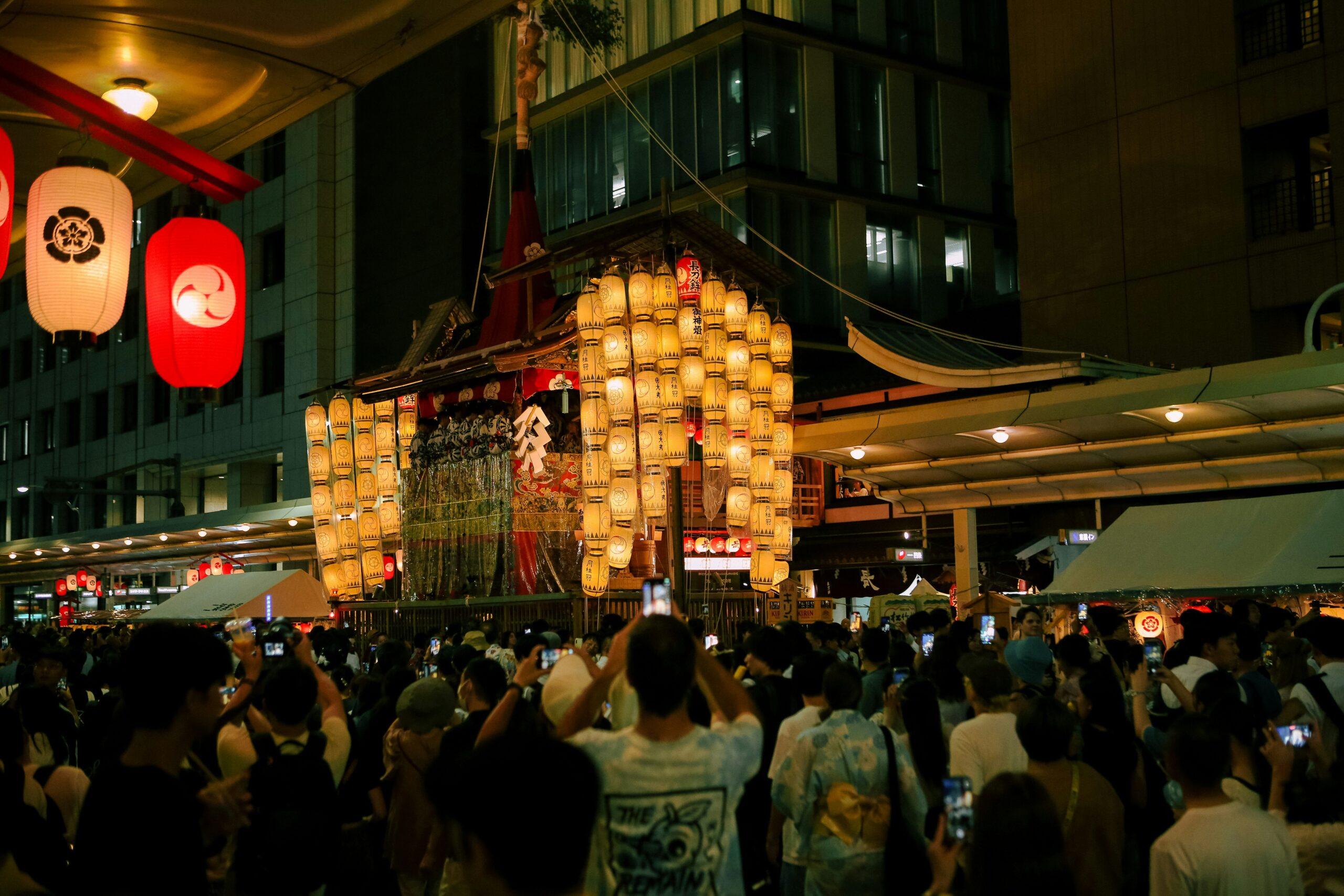
Kakigori, Japanese shaved ice flavored with colorful syrups, provides essential relief from summer heat while offering Instagram-worthy presentation. Local specialties like matcha-flavored treats and traditional wagashi sweets showcase Kyoto’s renowned confectionery traditions.
Seasonal Specialties
Kyoto’s summer cuisine emphasizes cooling ingredients and light preparations that complement the season’s heat. Hiyashi chuka (cold ramen), ayu (sweetfish) preparations, and various tofu-based dishes reflect the city’s Buddhist culinary influences while providing refreshing dining experiences.
Many festivals feature special seasonal menus available only during festival periods. These limited-time offerings often incorporate ingredients at their seasonal peak, providing authentic tastes that connect visitors with Kyoto’s agricultural calendar and culinary rhythms.
Photography Opportunities in Traditional Kyoto
Capturing the Perfect Yukata Photos
Kyoto’s historic districts provide endless opportunities for stunning yukata photography. The soft morning light filtering through bamboo groves in Arashiyama creates ethereal portraits, while the golden hour illumination on traditional wooden architecture in Gion produces warm, inviting images.
Understanding composition techniques specific to yukata photography enhances your results significantly. The flowing lines of yukata fabric work beautifully with leading lines created by traditional architecture, while the geometric patterns of temple walls and garden paths provide interesting textural contrasts.
Festival Photography Techniques
Capturing the energy and movement of Kyoto’s festivals requires mastering various photography techniques. Slow shutter speeds can create artistic motion blur that conveys the dynamic nature of parade floats and dancing participants, while fast shutter speeds freeze individual moments of expression and detail.
The interplay between traditional festival lighting and modern camera capabilities creates unique opportunities for creative expression. Paper lanterns, fireworks, and traditional fire lighting provide warm, atmospheric illumination that adds emotional depth to festival photographs.
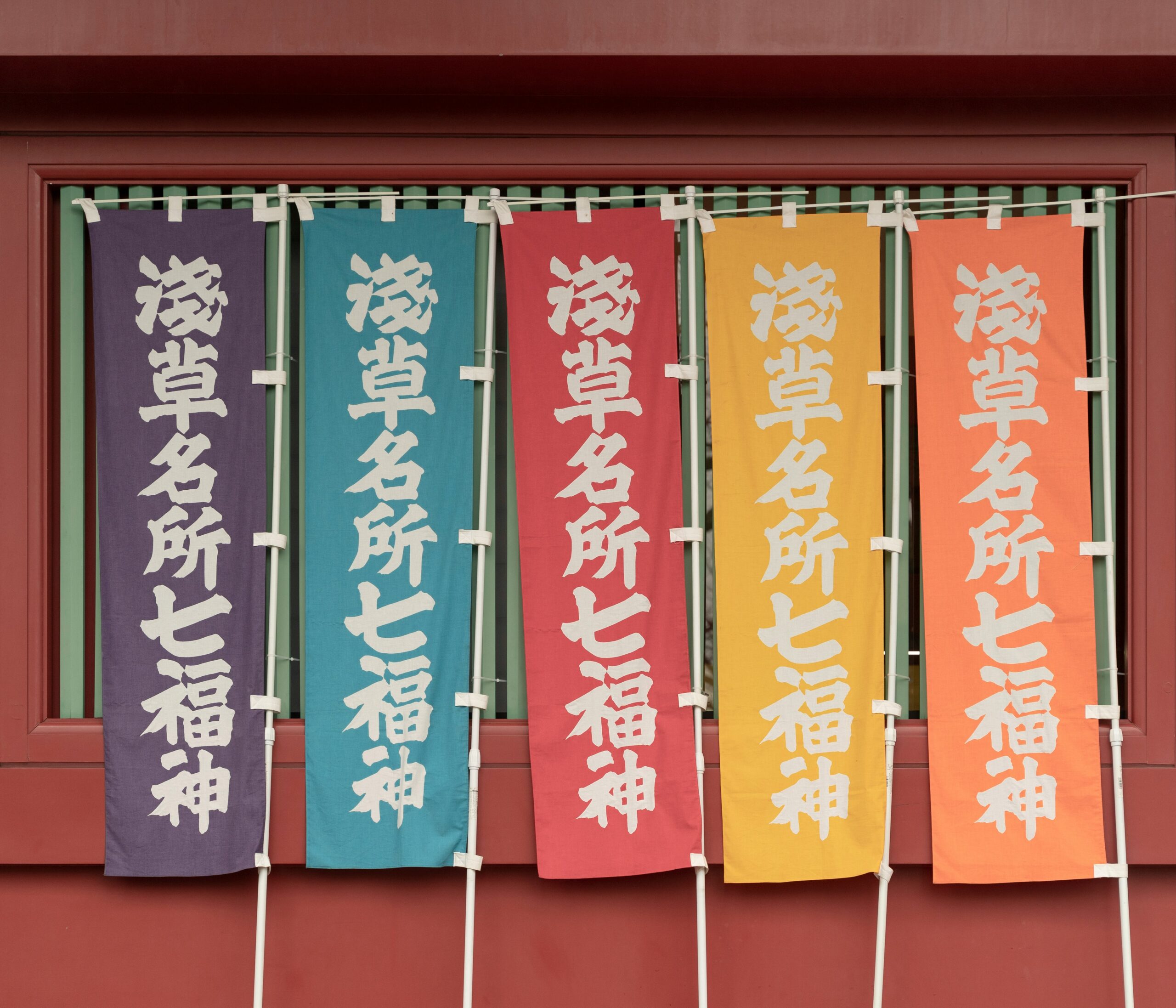
Professional Photography Services
For visitors seeking professional-quality images of their Kyoto experience, several local photography services specialize in cultural and festival photography. These services often include traditional costume rentals, professional styling, and guidance to the most photogenic locations throughout the city.
AllPhoto Kyoto offers comprehensive photography services that capture the essence of your Kyoto summer experience. From intimate yukata portraits in historic districts to dynamic festival coverage, professional photographers familiar with local customs and optimal shooting locations ensure your memories are preserved with artistic excellence and cultural authenticity.
Sustainable Tourism and Cultural Preservation
Responsible Festival Participation
As Kyoto’s summer festivals gain international recognition, maintaining sustainable tourism practices becomes increasingly important for preserving these cultural treasures for future generations. Visitors can contribute by following designated paths, disposing of waste properly, and respecting photography restrictions in sensitive areas.
Supporting local artisans and traditional craft makers helps preserve the skills necessary for maintaining festival elements like float decorations, traditional costumes, and musical instruments. Purchasing authentic souvenirs from local craftspeople rather than mass-produced alternatives directly supports cultural preservation efforts.
Environmental Considerations
Kyoto’s summer festivals have adapted to include environmental consciousness while maintaining traditional elements. Many festivals now encourage visitors to bring reusable water bottles and shopping bags, while vendors increasingly offer environmentally friendly packaging options.
Participating in festivals using public transportation rather than private vehicles reduces environmental impact while often providing more convenient access to crowded festival areas. Kyoto’s excellent public transportation system makes car-free festival attendance both practical and enjoyable.
Creating Lasting Memories of Kyoto’s Summer Magic
Beyond the Tourist Experience
While photographs and souvenirs provide tangible memories, the most lasting impressions of Kyoto’s summer festivals often come from unexpected moments of cultural connection. Engaging with local participants, learning traditional festival songs, or simply sitting quietly to absorb the atmosphere creates memories that transcend typical tourist experiences.
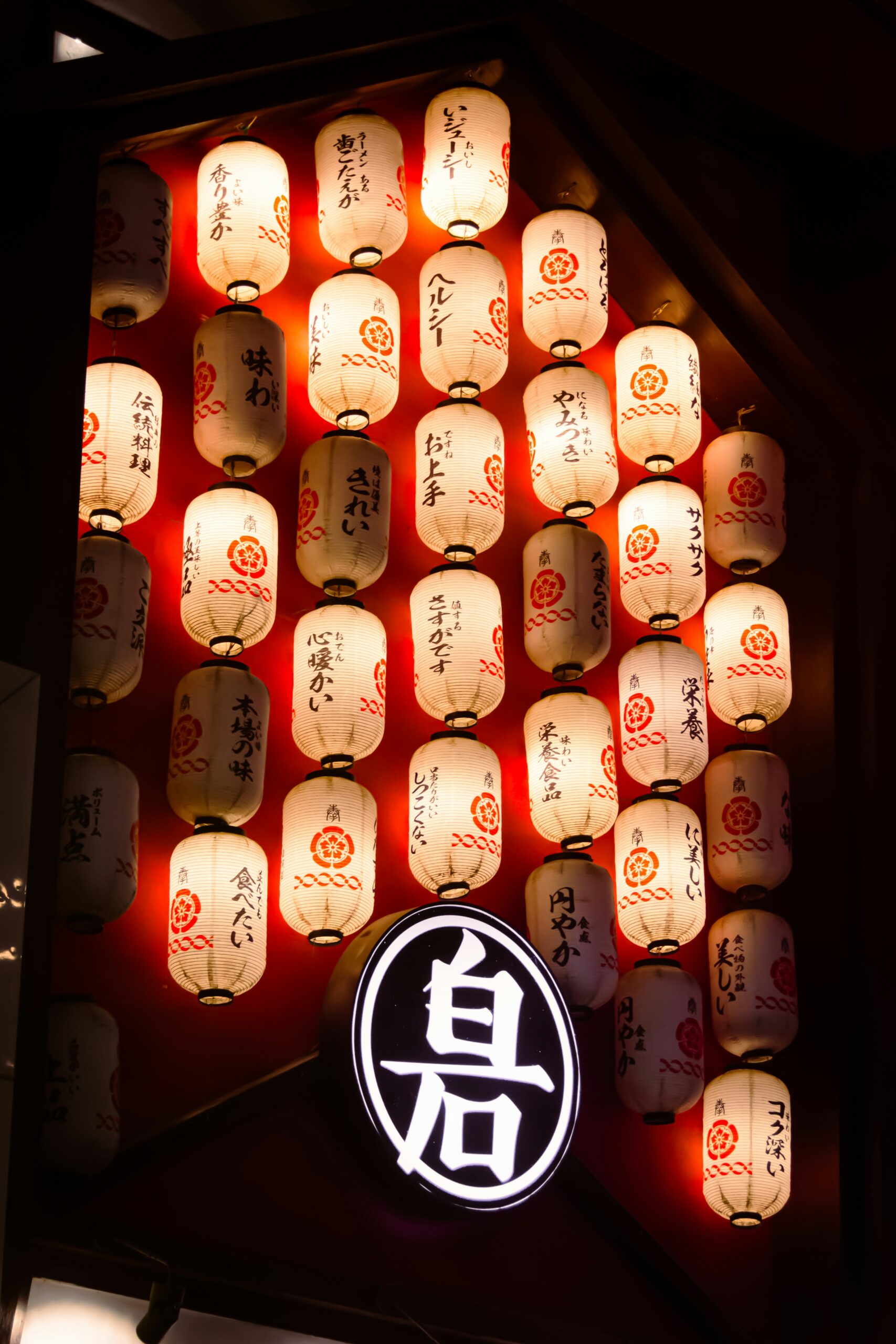
Many visitors find that returning to the same festivals in subsequent years deepens their appreciation and understanding of the cultural significance behind the celebrations. These return visits often reveal new layers of meaning and provide opportunities to build genuine connections with local community members.
Sharing Your Experience
Documenting and sharing your Kyoto summer festival experience helps promote cultural understanding and appreciation while inspiring others to explore these remarkable traditions. However, sharing responsibly by providing cultural context and encouraging respectful participation helps protect these traditions from commercialization and cultural appropriation.
Social media platforms provide excellent opportunities to showcase the beauty of Kyoto’s summer traditions while educating others about their historical significance and cultural importance. Including information about proper etiquette and cultural sensitivity in your posts helps ensure future visitors can continue enjoying these experiences.
Conclusion: Embracing Kyoto’s Timeless Summer Traditions
Kyoto’s summer festivals, yukata traditions, and fireworks celebrations offer visitors unprecedented opportunities to experience authentic Japanese culture in settings that have remained largely unchanged for centuries. From the elaborate pageantry of Gion Matsuri to the intimate beauty of evening yukata strolls through historic districts, these experiences create connections between past and present that resonate long after your visit ends.
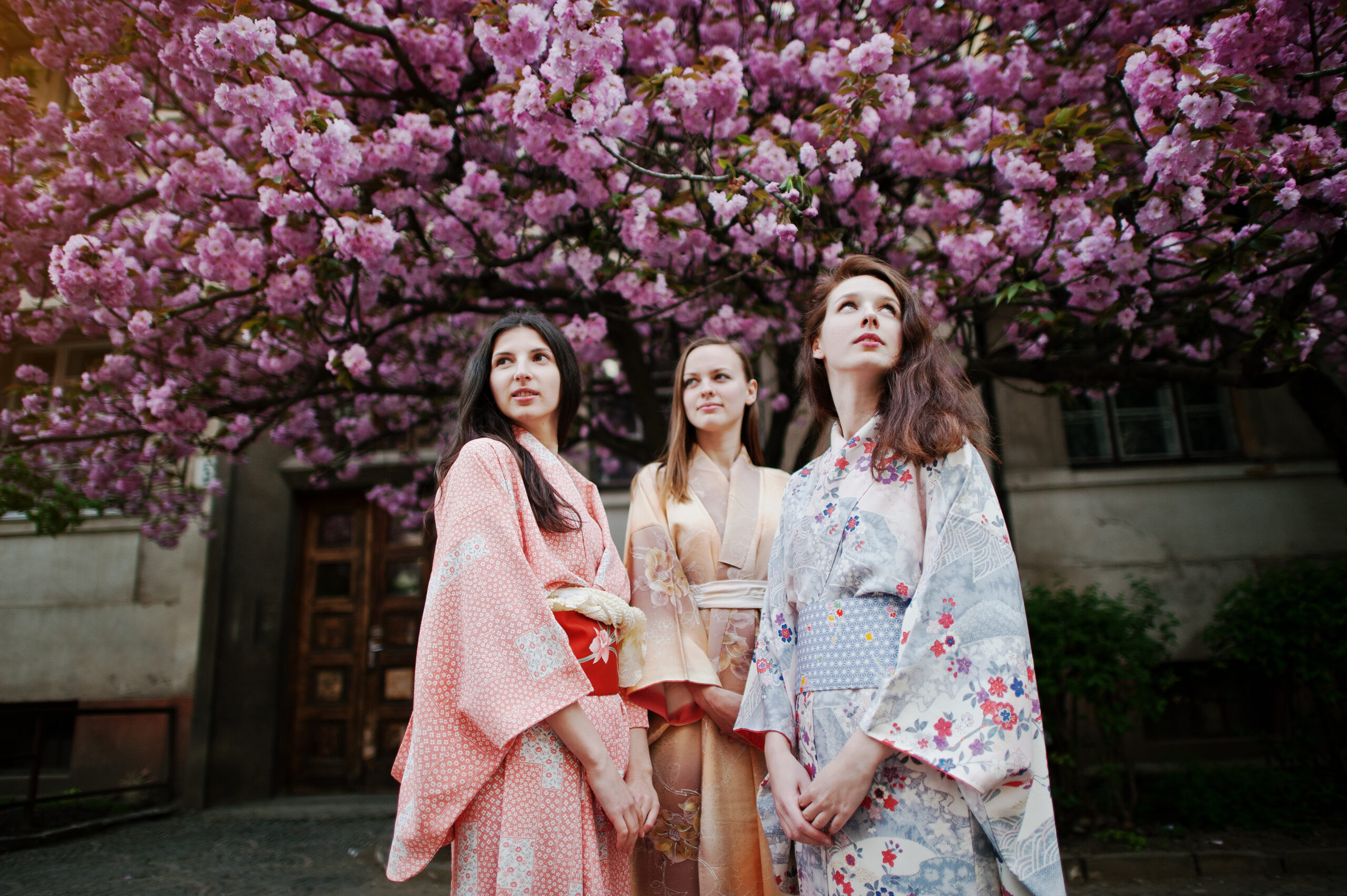
The combination of visual beauty, cultural significance, and community participation makes Kyoto’s summer traditions accessible to visitors while maintaining their authentic character. Whether you’re drawn by the artistic beauty of traditional costumes, the spiritual significance of ancient festivals, or the simple joy of community celebration, Kyoto’s summer offerings provide experiences that satisfy multiple levels of interest and engagement.
Planning your visit to coincide with these summer celebrations requires advance preparation, but the rewards far exceed the effort invested. The memories created during Kyoto’s summer festivals often become the most cherished souvenirs of any Japan travel experience, providing lifelong connections to this remarkable city and its enduring cultural traditions.
As you plan your Kyoto summer adventure, remember that the most meaningful experiences often come from embracing the slower pace of traditional life, allowing yourself time to fully absorb the beauty and significance of these ancient celebrations, and approaching each experience with respect, curiosity, and genuine appreciation for the cultural treasures you’re privileged to witness.
The magic of Kyoto’s summer traditions lies not just in their visual beauty or historical significance, but in their power to connect people across cultures and generations through shared experiences of wonder, celebration, and cultural appreciation. This summer, let Kyoto’s timeless traditions create new chapters in your own story of cultural discovery and personal enrichment.


コメント